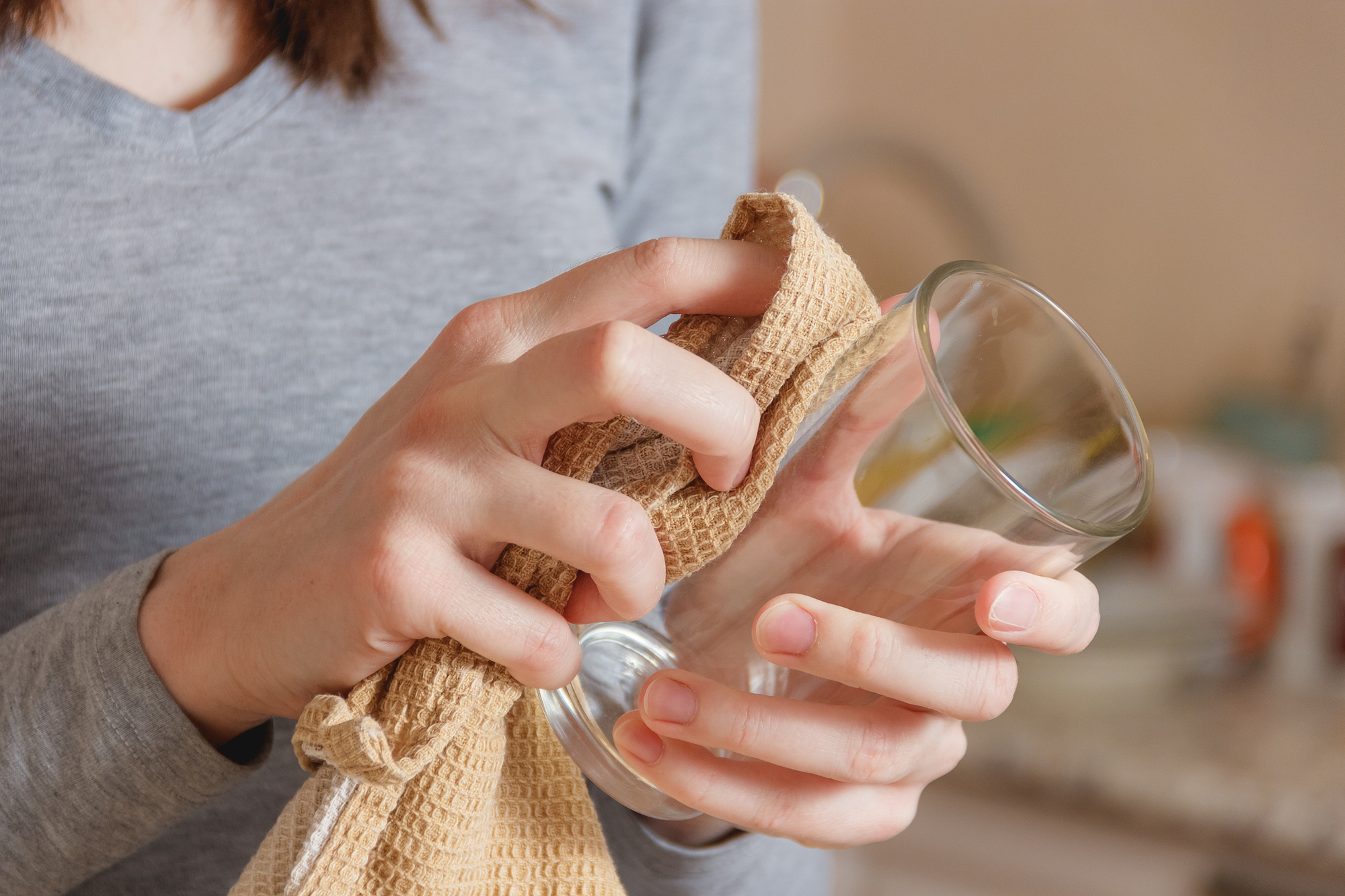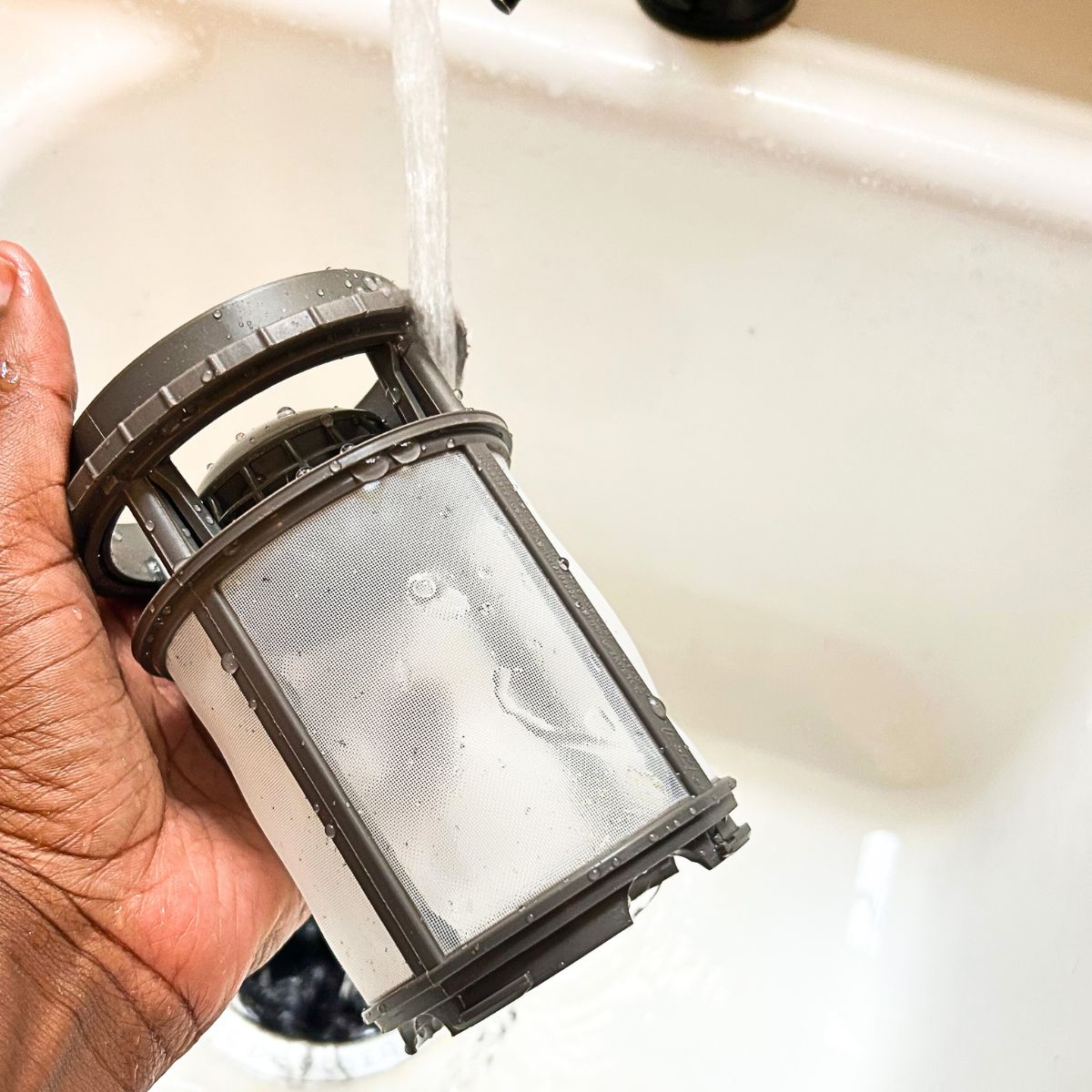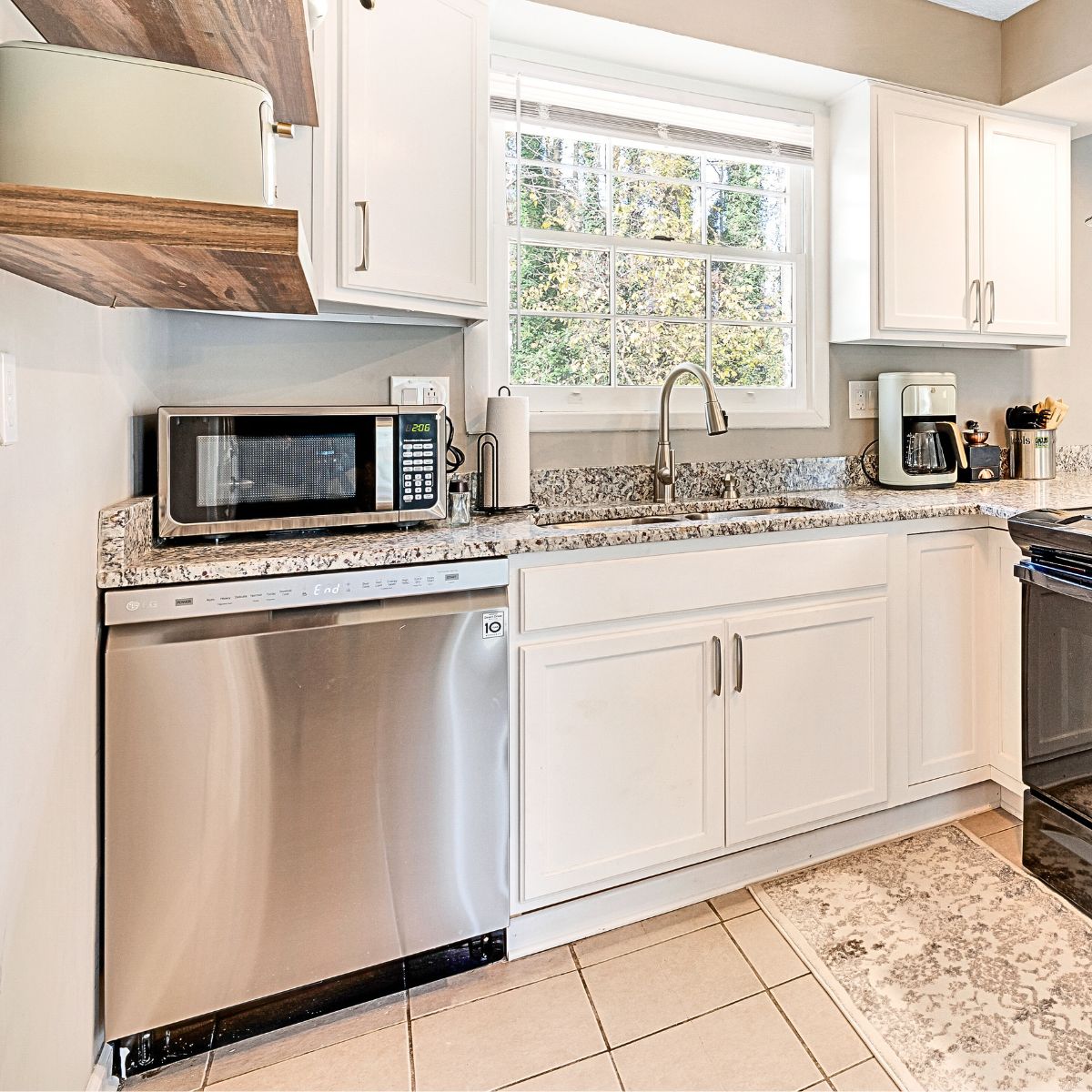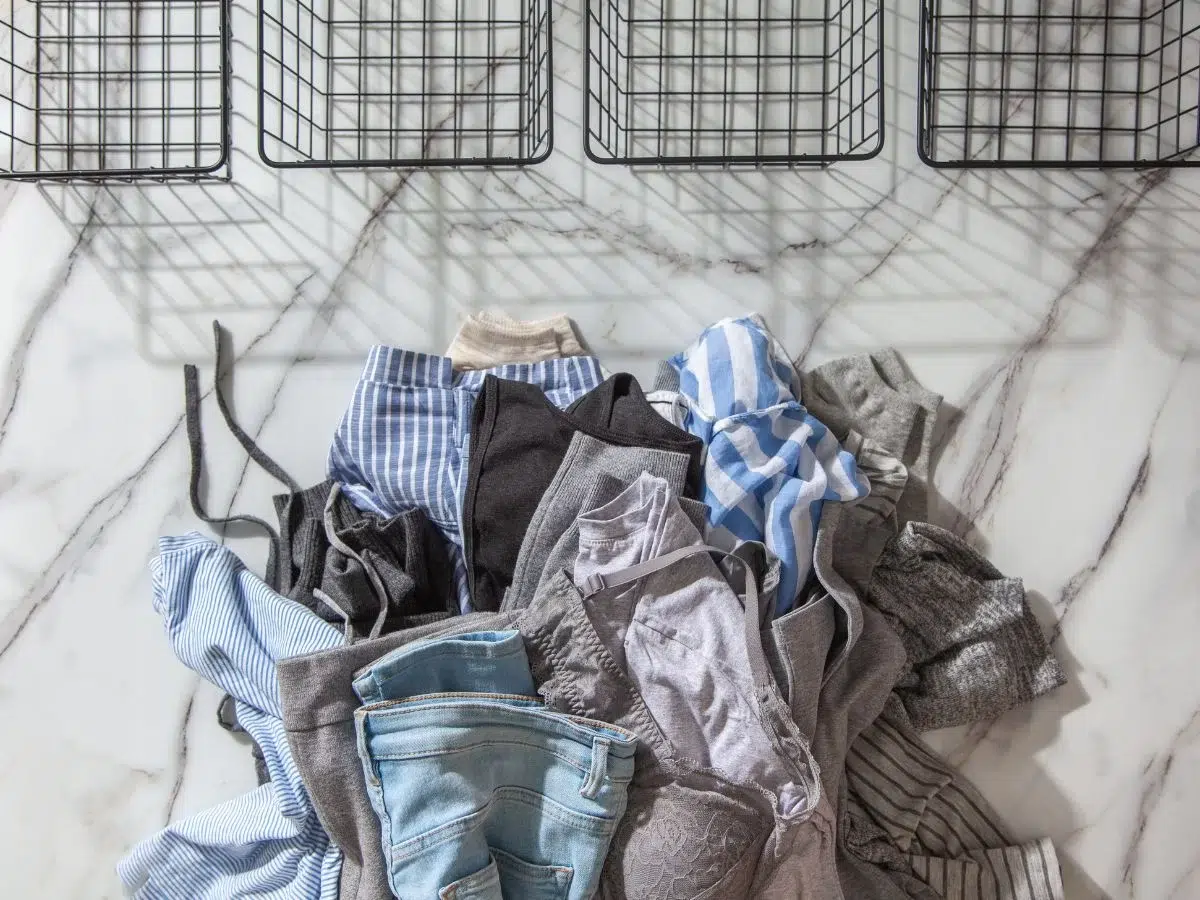This post may contain affiliate links.
There’s nothing more frustrating than a clogged garbage disposal. It’s a common problem that can quickly turn a kitchen into a messy and unpleasant one. And in most cases, it’s not always easy to figure out why the disposal is clogged and what you need to do to fix it.
But there are a few tried and true ways that you can easily unclog a clogged garbage disposal. This will have your kitchen back up and running in no time. Whether it’s food scraps, grease, or other debris causing the blockage, these methods can help.

Common Causes of a Clogged Garbage Disposal
A garbage disposal found under kitchen sinks efficiently manages food waste. It shreds food scraps into tiny particles, allowing them to be washed away with water down the drain. This reduces the amount of solid waste in landfills and helps prevent clogged pipes by breaking down food waste before it enters the plumbing system.
Many people also find that garbage disposal makes kitchen cleanup quicker and easier since they can dispose of food scraps directly down the sink.
However, it is important to note that a garbage disposal is not meant to be a trash can.
Here are a few common reasons why your garbage disposal may be clogged:
- Oversized food scraps that are too large
- Fibrous food items like potato peels, banana peels, and coffee grounds can block the disposal.
- Grease and oil, which can solidify and clog the pipes.
- Small objects like utensils or bottle caps accidentally dropped into the disposal can cause it to become jammed.
Here’s an extensive list of items that should not go down the garbage disposal. By understanding the common causes of clogged garbage disposal, you can take steps to prevent future blockages and keep your kitchen functioning smoothly.

Signs That Your Garbage Disposal is Clogged
It’s important to recognize the signs of clogged garbage disposal early to prevent further damage. Common signs of a blockage include:
- When the disposal is turned on, water backs up in the sink. This indicates a blockage preventing water from flowing down the drain.
- A foul odor is coming from the disposal. This can be caused by rotting food that is trapped in the disposal.
- If you hear a humming sound when you turn on the disposal, but the blades are not spinning, there is likely a blockage preventing the motor from operating properly.
If you notice any of these signs, it’s time to take action and fix the clog.
How to Unclog a Garbage Disposal

1. Reset the Garbage Disposal
One of the simplest fixes for a clogged garbage disposal is to reset it. Sometimes, a simple reset is all it takes to get the disposal up and running again.
To do this, locate the reset button on the bottom or side of the disposal unit. Press and hold the button for about 10 seconds or until you hear a click. This will reset the motor and clear any blockages causing the clog.
After resetting the disposal, turn on the water and run it to see if the clog has been cleared.
2. Hot Water and Dish Soap
If resetting the garbage disposal didn’t work, the next quick fix involves using hot water and dish soap. Start by filling the sink with enough hot water to cover the disposal blades. Add a few tablespoons of dish soap to the water and let it sit for a few minutes. Then, please turn on the disposal and let the hot water and soap mixture run through it.
The hot water will help dissolve any grease or oil causing the clog, while the dish soap will help break down food particles. After running the disposal for a few minutes, turn off the water and check if the clog has been cleared.
3. Ice
Ice can help remove food particles that might block the disposal of garbage. Please take a few ice cubes and pour them into the garbage disposal. Please turn on the disposal and allow it to crush the ice.
4. Plunging the Garbage Disposal
You can use a plunger to unclog a garbage disposal, just like you would a toilet. Start by filling the sink with enough water to cover the disposal’s blades. Place the plunger over the drain and give it a few firm plunges. This will create pressure that can help dislodge the clog.
After plunging, turn on the disposal and run water to see if the clog has been cleared.
5. Using a Hex Key to Manually Rotate the Disposal Blades
If the previous fixes haven’t worked, you may need to rotate the disposal blades to clear the clog manually. To do this, locate the hex hole at the bottom of the disposal unit. Insert a hex key into the hole and turn it back and forth a few times.
This will manually rotate the blades and may dislodge any blockages.
6. Using Pliers to Remove Obstructions
Using a pair of pliers, reach into the disposal and try to remove any obstructions causing the clog. Be careful not to damage the disposal blades or other internal components. Once you have removed any visible obstructions, turn on the disposal and run water to see if the clog has been cleared. If not, it may be time to try a more powerful solution.
7. Using a Baking Soda and Vinegar Solution
A baking soda and vinegar solution can work wonders for stubborn clogs that won’t budge. Start by pouring half a cup of baking soda down the drain. Follow this with one cup of vinegar.
The mixture will create a foaming reaction to help break down the clog. Let the mixture sit in the drain for about 30 minutes, then turn on the disposal and run hot water to flush it out.
Combining baking soda and vinegar effectively unclogs the disposal and helps eliminate odors. If this fix doesn’t clear the clog, it may be time to call in the professionals.

Tips for Preventing Future Clogs in Your Garbage Disposal
Prevention is always better than a cure, and the same goes for clogged garbage disposals. Here are some tips to help prevent future clogs:
- Avoid putting large or fibrous food scraps down the disposal. Instead, compost them or dispose of them in the trash.
- Never pour grease or oil down the drain. Instead, collect it in a container and dispose of it in the trash.
- Run cold water while using the disposal to help flush away food particles.
- Regularly clean the disposal by grinding ice cubes and citrus peels. This will help eliminate odors and keep the blades sharp.
- And if all else fails, you may have to call on a Professional Plumber. A licensed plumber will have the tools and expertise to diagnose and fix the most stubborn clogs. They can also advise preventing future clogs and ensure your garbage disposal works optimally.
Other Posts You Might Like
Tamara White is the creator and founder of The Thrifty Apartment, a home decor and DIY blog that focuses on affordable and budget-friendly home decorating ideas and projects. Tamara documents her home improvement journey, love of thrifting, tips for space optimization, and creating beautiful spaces.











